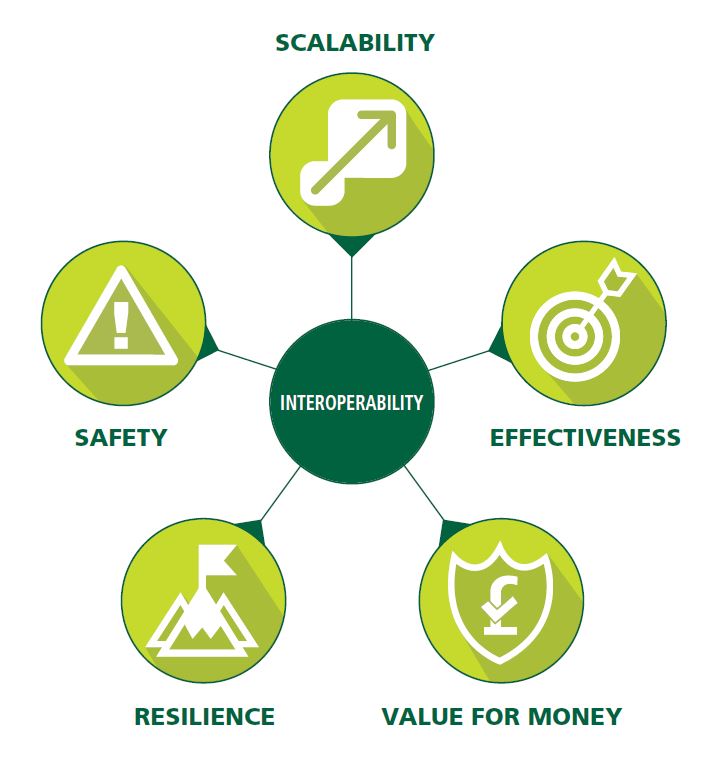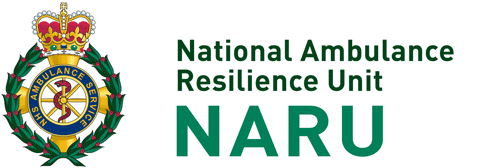NARU’s role is to provide the national coordination required to ensure these capabilities remain interoperable
The United Kingdom’s Risk Register of Civil Emergencies details a range of threats to society. These include accidental, environmental and malicious hazards.
The NHS is obligated to provide care to those caught inside the inner cordon of high-risk emergencies. Ambulance personnel cannot rely on other responding agencies to provide clinical care and extrication from these environments. Accordingly, a series of special capabilities allow the NHS to extend its reach into high-risk environments which is essential to help save lives and improve clinical outcomes.

In extending its reach, the NHS has also extended its legal duty of care, both to employees and to those critically in need of its services. It has simultaneously increased its exposure to risk. The capabilities that facilitate this care must, therefore, be subject to clear standards and a consistent safe system of work.

A fundamental part of NARU’s role is to provide the national coordination required to ensure these capabilities remain interoperable. Our coordination activities include:
- Specifying the capabilities through national contract standards
- Developing and maintaining the national safe system of work for each capability
- Providing national training and education to ensure consistency in the competence of specialist responders and commanders
- Specifying safety critical equipment and maintaining national buying frameworks
- Supporting a range of inspection and assurance activities





A summary of the Interoperable Capabilities
In England, the NHS Ambulance Services have 15 interoperable capabilities that are coordinated nationally by NARU:

These capabilities have been commissioned nationally (and specified under the NHS Emergency Preparedness Resilience and Response Framework) to be ‘interoperable’. This means they must remain consistent across all ambulance trusts so they can be combined to create a unified response to a national incident.
As such, specially trained ambulance staff are required to deliver these capabilities.
The national capabilities that NARU coordinates centrally have been deployed to a number of high-profile emergencies including the Somerset floods, the terrorist attacks at Westminster Bridge and London Bridge, the Manchester Arena attack and the nerve agent attack in Salisbury and its aftermath.
In addition to these national emergencies, the specialist capabilities coordinated by NARU are used on a daily basis to provide care in hazardous situations by regional HART teams. You can see examples of these in action, in our Video Resources section here.
